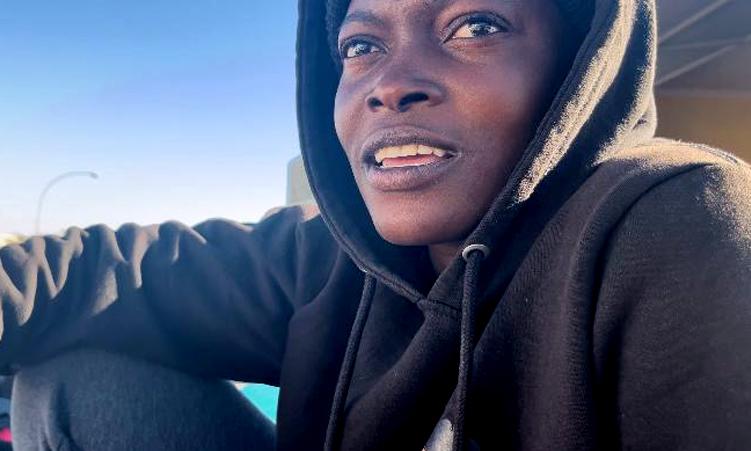Known as ‘The Lagos of Windhoek’, Stop and Shop is a melting pot of noises, smells and hawkers – all competing for the next dollar. The busy market can almost be compared to the cut-throat markets of Lagos in Nigeria, some say. A taxi hoots at a hawker pulling a shopping cart jam-packed with cooldrink bottles filled with green dishwashing liquid, shouting “buy one, get one free!”, while a fight breaks out as a young man tries to steal a bag of mopane worms from the vendor.
All the while children are running around through the commotion – carefree. THRIFTING Videos on social media such as ‘Outfit of the Day’ and ‘Get Ready With Me’ have led to content creators and followers alike flocking to the open markets for affordable, preloved clothing. Namibian celebrities like TopCheri and social media influencers are significantly contributing to the rising popularity of nearly new clothing.

“My entire style is thrift. It’s affordable, but exclusive,” TopCheri says. This rise in over-consumption has led to opportunities for second-hand boutiques, online thrift shops and thrifters, but is it sustainable? FAITHFUL VENDOR Faith Ndaradzi (28) gets up before dawn every morning and heads out to make sure her spot on the pavement at the informal Okuryangava Stop and Shop market is not taken.
She has mastered the art of bargaining and marketing the bales of second-hand clothes she orders from Angola. The little corner of Stop and Shop Ndaradzi has selected to sell he.
















